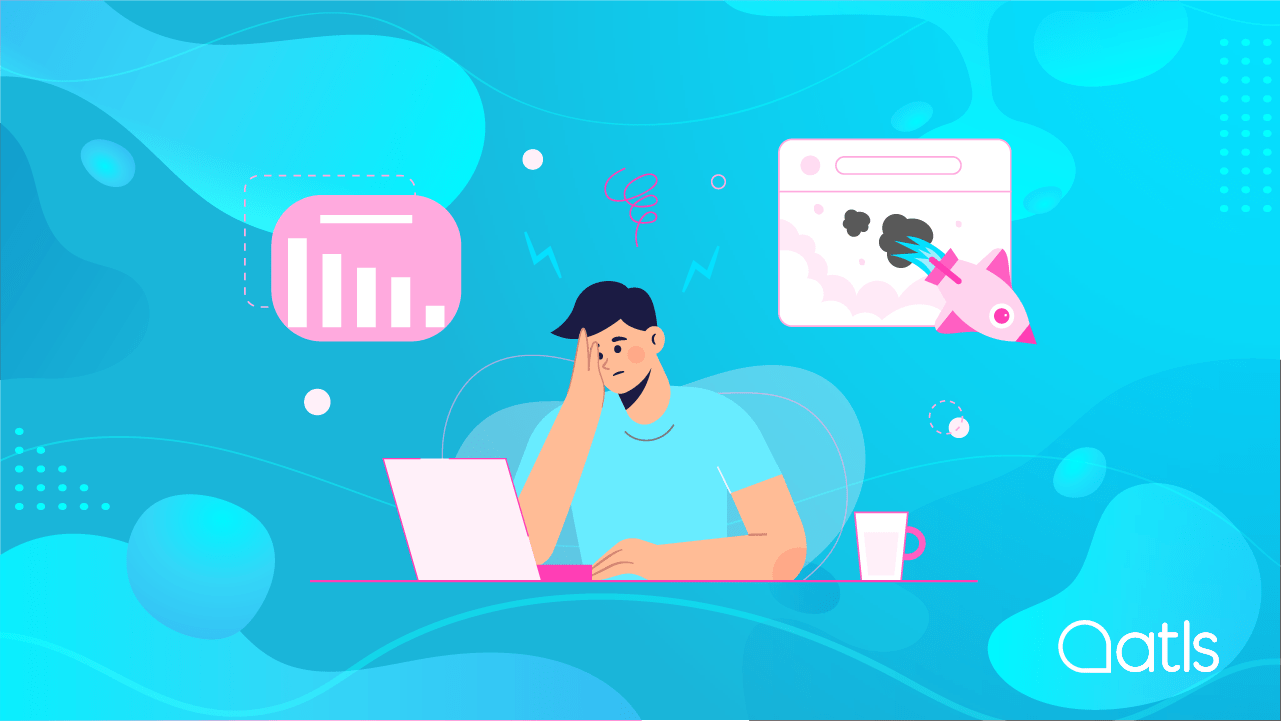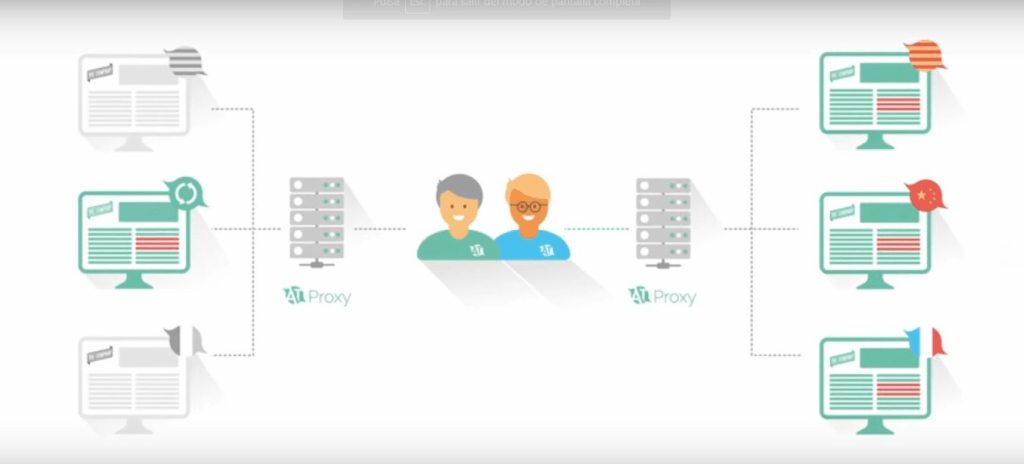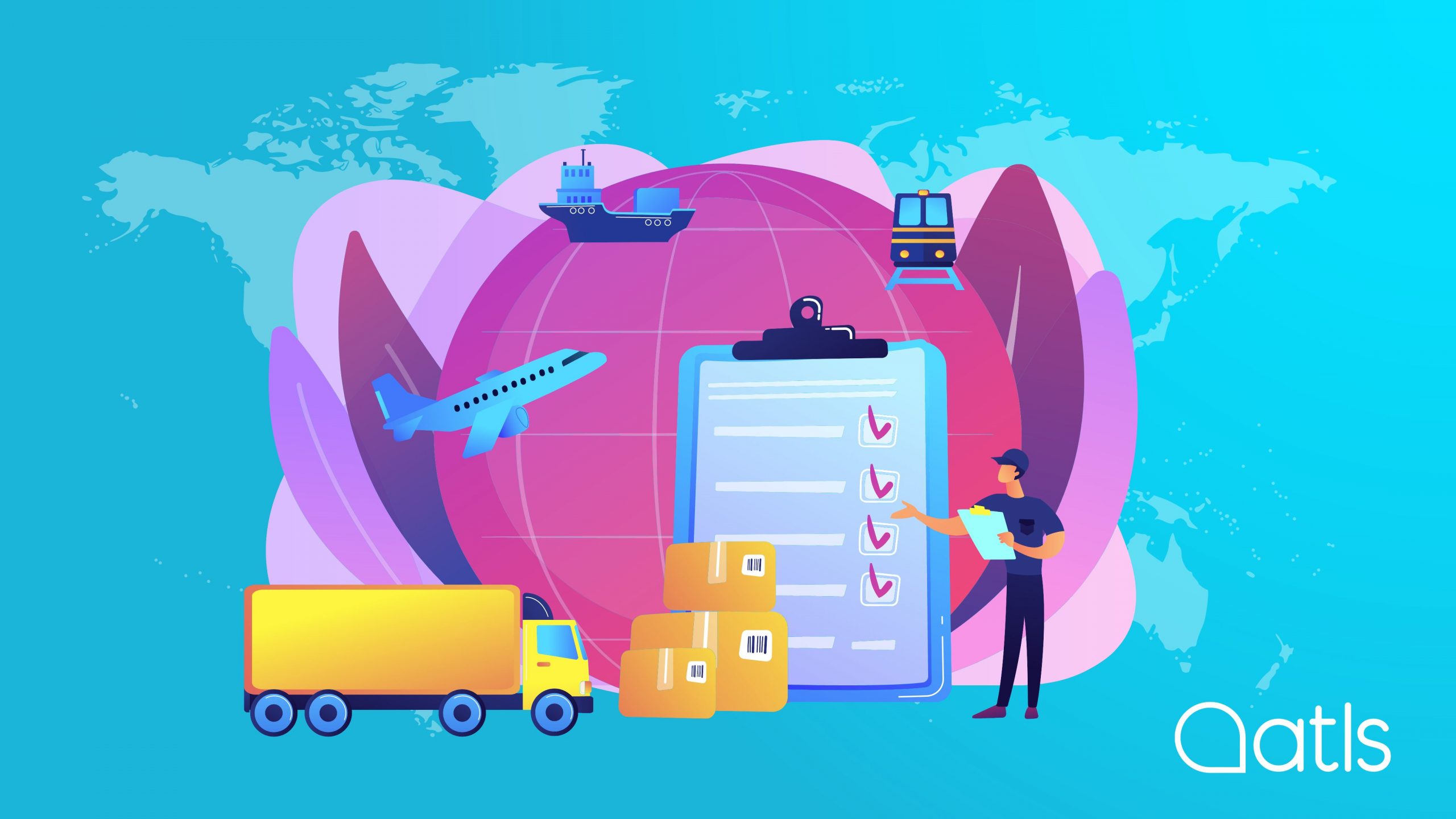Most common mistakes when translating a website

When you make the decision to take your business global and translate your website, you will undoubtedly ask yourself: How do I translate my website correctly? What are the most common mistakes when translating a website?
If the content on the website is not translated effectively, it will not only be a waste of time and money, it will also damage your online presence on the global stage. We have identified some of the most common mistakes that you should avoid at all costs when translating a website.
Common mistakes to avoid when translating a website
Here are the mistakes to avoid when translating a website:
Using free machine translations
We all know Google Translate and DeepL, two free machine translation services. It can be very temping to use them as you simply copy and paste your content, select the target language and, voilà, your content will be translated in mere seconds.
We all know the expression "you get what you pay for". And this is a great example, as this type of translation can actually cause more problems than it solves. And, although it may seem incredible, it is one of the most common mistakes when translating a website!
There is no worse mistake than translating text using an online translator. This method almost always results in a bad translation that is too literal and, crucially, will not help you generate business. It will do anything but help your business! Bear in mind that a bad translation will simply turn potential customers away from your website irremediably. It can be wonderful to read content in our mother tongue, but errors in grammar and context can sow mistrust in the company and its products or services.
Translations performed by non-professional translators
We've all seen cases where the translation has been done by a cousin or friend who speaks fluent English. It's tempting to think that speaking two languages perfectly means that we are fully qualified to carry out any kind of translation. But this is far from the truth. A professional translator doesn't only "know the language", but makes it their own with their level of mastery. Furthermore, they have a deep understanding of the culture and customs associated with their working language. Becoming a good professional translator is a process that requires professional training and an official degree in Translation. We must note that a degree in translation is not a course to learn foreign languages. The ultimate goal is for students to learn how to translate, so the languages into and from which they translate must already be mastered.
Failing to localise a website
Localising a website begins with adapting its contents to create a translation that considers the purpose and culture of the target market. Localisation is the process by which the translator finds the most relevant and attractive words and expressions for native readers, thus creating a climate of confidence with the target audience. The reader won't notice that the text is a translation because they will simply be reading in their mother tongue.
This point is one of the most unknown to the general public, as "website localisation" is a specific term within translation jargon. So, if you do not translate your website professionally, you will not be localising it and you will lose business opportunities. This is also one of the quintessential mistakes when translating a website.
Translating only parts of the website
We often run into websites that are only partly translated. For example, they may focus on translating the products they sell, but ignore the weekly blog entries (because they think it is too expensive to translate them regularly or that translation is unimportant). A major error! In fact, it is much more costly to translate half your website, as it generates mistrust. Everything must be translated to make the customer's experience truly satisfactory.
Not choosing the correct languages for translating your website
One of the most common mistake is to assume a translation into English or French will suffice, since it's the second or third most widely spoken language in the country where you want to expand your business.
To avoid this, ask yourself the following questions before choosing the languages you're going to translate your website into:
- Which is the most frequently used language to carry out searches in Google in the country to which I want to direct my business?
- Which idiomatic particularities exist in that country? For example, the English used in the United States is different to that used in the United Kingdom. This is why you need to take it into account when you're translating your SEO.
Not having an effective international SEO strategy
One of the most common mistakes when translating a website (and unknown to many people) is to delve into the multi-language website world without having designed a SEO strategy based on prior internal and external analyses.
If you don't have an effective SEO strategy, it can affect your ability to pull traffic to your website, and you could waste time and money on non-competitive target customers. Read this article to find out how to create a good international SEO strategy.
To avoid the most common mistakes when translating a website, always opt for a professional translation
Knowing the best way to translate a website into other languages is no easy task. That's why we recommend you choose a trustworthy translation company, made up of native translators who are experienced in translating and localising websites. Choosing a good translation agency will save you time and disappointment!
So if you want to translate your website professionally and at the highest quality, get in touch! We'll take a look at your website and offer you the best option.




